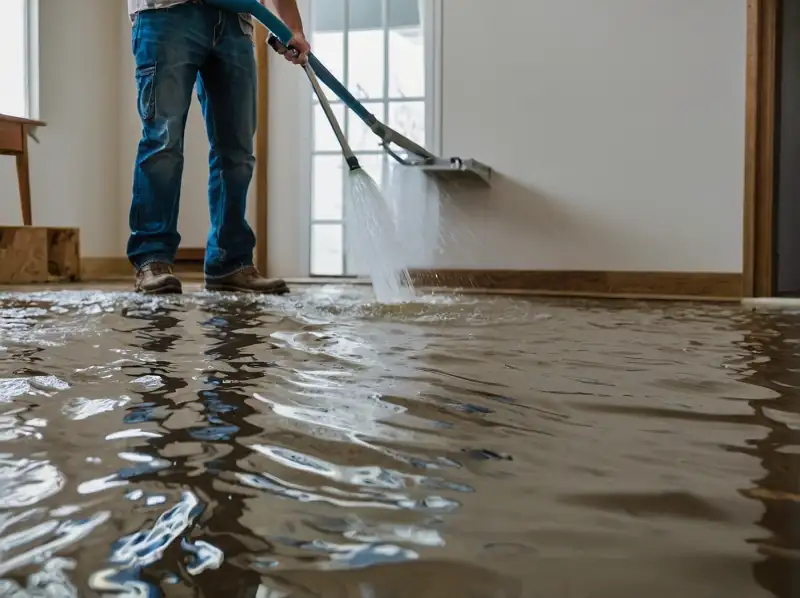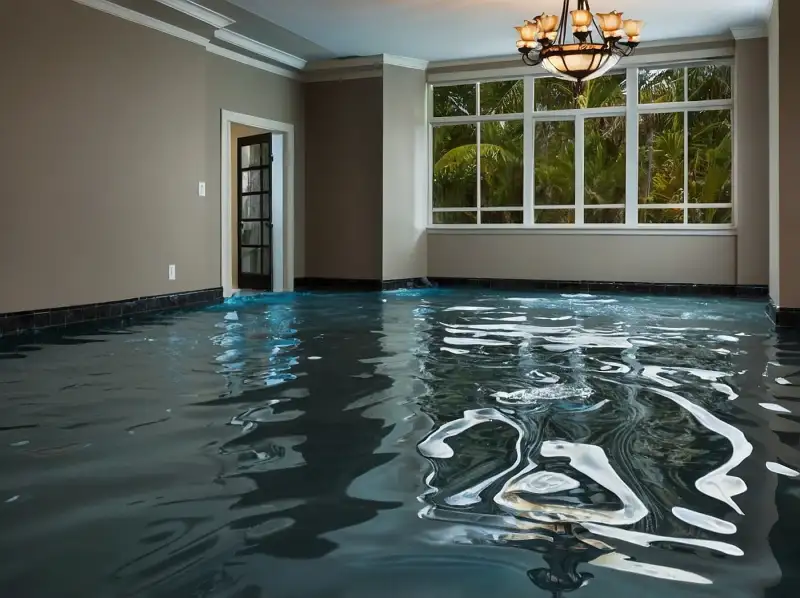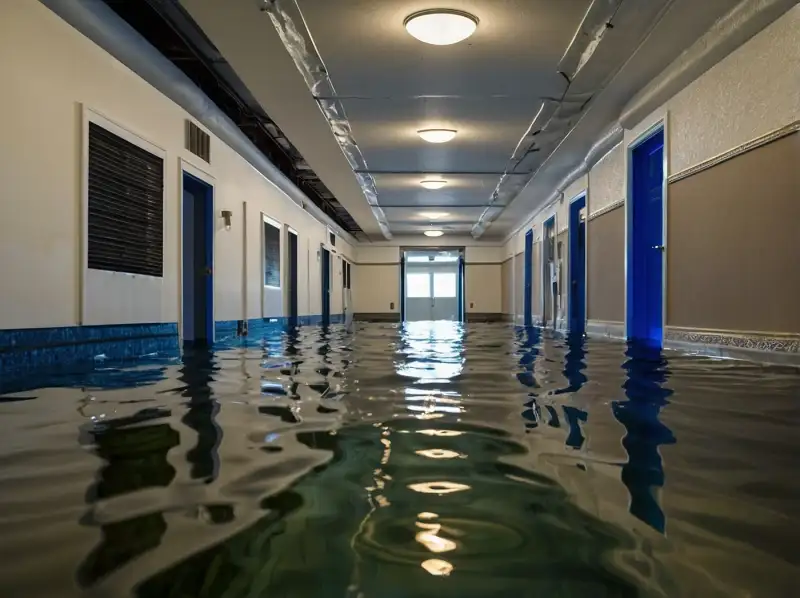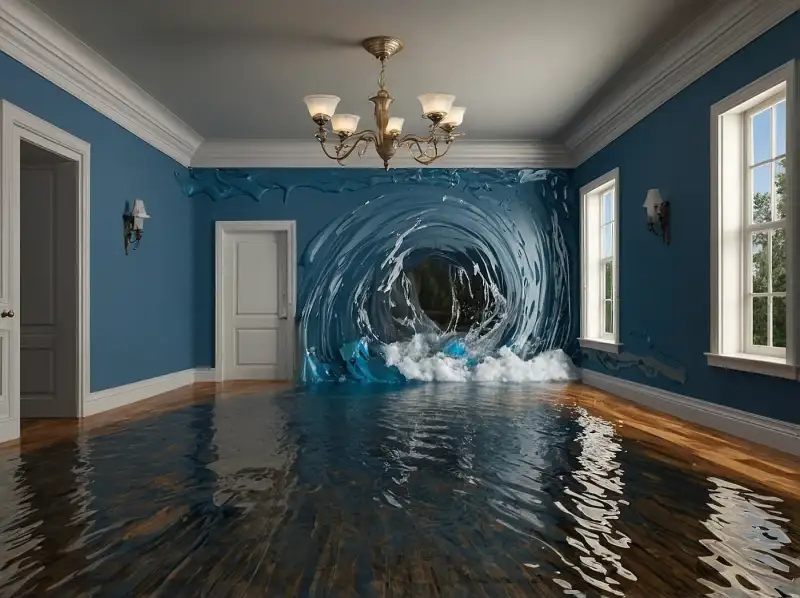
28
Aug
Polk County Water Damage Restoration: Your Ultimate Guide
Water damage can be a homeowner’s worst nightmare, especially here in Polk County. Whether it’s a result of heavy rains, a burst pipe, or even a sewage backup, knowing how to handle water damage is crucial for protecting your property and health. In this guide, we’ll explore the ins and outs of water damage restoration specifically for residents of Polk County and its surrounding areas, including Winter Haven and Lake Wales. Remember, if you find yourself in need of assistance, you can always contact our restoration experts.
Understanding Water Damage
Water damage can occur in various forms, such as:
- Clean Water Damage: Caused by broken pipes or overflowing sinks.
- Gray Water Damage: From sources like washing machines or dishwashers.
- Black Water Damage: Highly contaminated water, often from sewage backups.
Recognizing the type of water damage you’re dealing with is the first step in effective restoration. For example, if you experience a plumbing failure in your Polk County home, you’re likely facing clean water damage, which is less hazardous than gray or black water damage.
Why Quick Response is Crucial
In the restoration industry, we often say, “Time is of the essence.” This is especially true in Polk County, where humidity can lead to rapid mold growth following water damage. In fact, mold can start to develop in as little as 24-48 hours. If you experience water damage, it’s essential to act quickly:
- Turn off the water source if possible.
- Remove excess water using towels or a wet/dry vacuum.
- Contact a professional restoration service immediately.
By minimizing the water exposure, you can significantly reduce the risk of mold and further damage to your property. Don’t hesitate to reach our water damage experts for immediate assistance!
Steps to Take After Water Damage
Here’s a step-by-step guide for Polk County residents to follow after experiencing water damage:
1. Ensure Safety First
Before entering the affected area, ensure it’s safe. Look for any electrical hazards or structural damages. If in doubt, don’t hesitate to call in professionals.
2. Document the Damage
Take photos of the damage for your insurance claim. This documentation can be crucial in ensuring you receive the compensation you deserve.
3. Remove Standing Water
If safe, start removing standing water. Use mops, towels, or a wet/dry vacuum. This step is vital to prevent further damage and mold growth.
4. Dry Out Your Space
Use fans and dehumidifiers to dry out the affected area. Open windows to increase ventilation, but be cautious of external humidity levels.
5. Call a Professional Restoration Team
Even if you handle some of the initial cleanup, calling in a professional team is essential. Our professional water damage restoration team in Polk County can assess the situation and implement comprehensive solutions.
Mold Prevention After Water Damage
Once the immediate water damage is addressed, your next concern should be mold prevention. Mold can be a serious health risk, and it thrives in damp environments. Here are some tips:
- Keep the humidity in your home below 60%.
- Regularly inspect areas prone to moisture, such as bathrooms and basements.
- If you notice any water stains, address them immediately.
In Polk County, we’re particularly vulnerable to mold due to our climate. If you suspect mold growth, don’t hesitate to reach out for expert mold remediation.
Conclusion
Water damage can feel overwhelming, but with the right knowledge and resources, you can tackle it effectively. By acting quickly, documenting the damage, and seeking professional help, you can minimize the impact on your home. Remember, if you’re facing water damage in Polk County or nearby areas like Auburndale and Davenport, don’t hesitate to contact our restoration experts. We’re here to help you achieve a fresh start and restore your property to its former glory!



